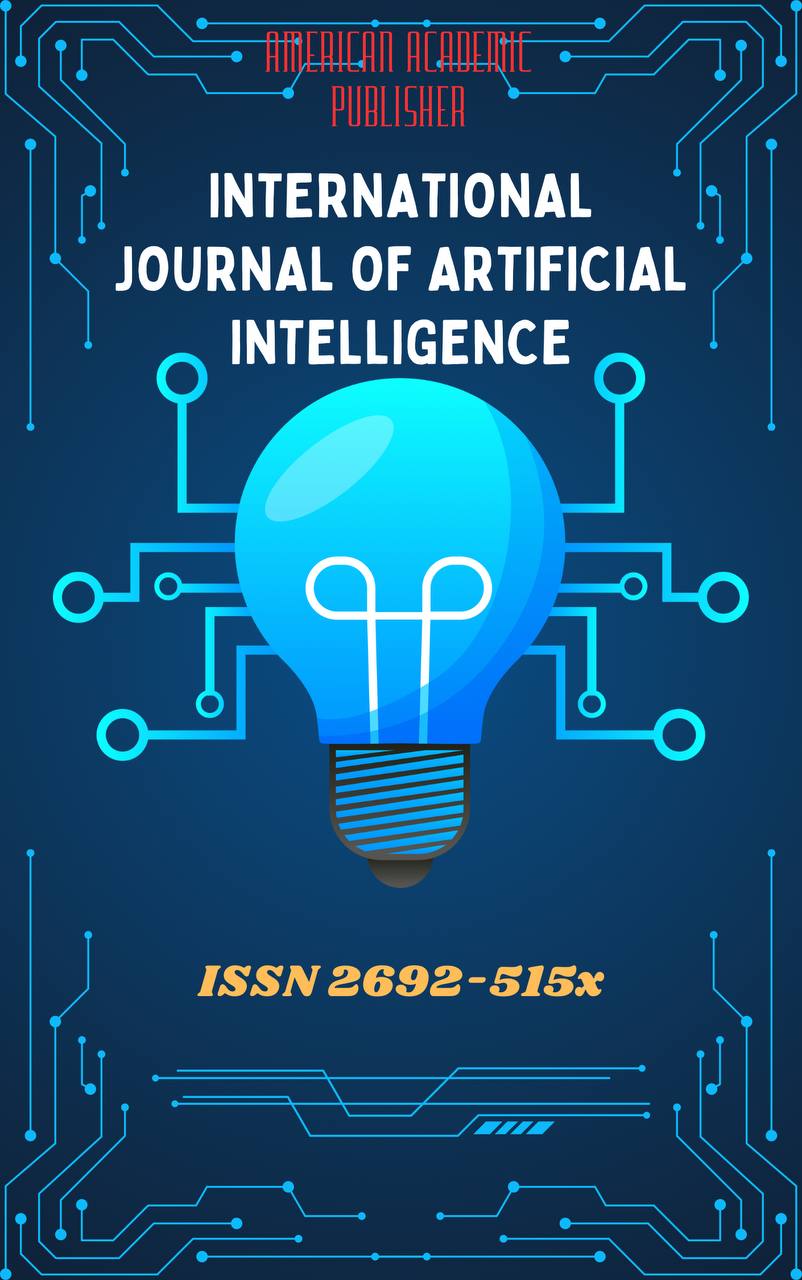 Articles
| Open Access |
Articles
| Open Access | INTERNET ADDICTION AS A FACTOR DISRUPTING SOCIAL INTERACTION AMONG ADOLESCENTS
Berdibekova Syrga Kanybekovna,Aldashov Mukhtarbek Kadyrbekovich,Alpamysh kyzy Burulbu , Osh Technological University named after M. M. AdyshevAbstract
This article examines the impact of internet addiction on the quality of adolescents’ social interaction. A quantitative study was conducted on a sample of 150 adolescents (aged 10–16 years) from the Osh and Jalal-Abad regions of the Kyrgyz Republic. The Young’s Internet Addiction Test (IAT) was used to assess the level of internet addiction, alongside a standardized scale for identifying social interaction problems. It was found that approximately 13–16% of adolescents exhibit a severe degree of internet addiction, and a substantial share of respondents experience difficulties in face-to-face communication. The data indicate that as the degree of addiction increases, measures of social skills deteriorate: the number of friends decreases and levels of social maladjustment rise. These results confirm previous findings that internet addiction is accompanied by social isolation and disruptions in interpersonal relationships. In conclusion, the consequences of the identified relationships are discussed, and recommendations for preventing internet addiction among adolescents are offered.
Keywords
Internet addiction; social interaction; adolescents; social maladjustment; virtual world.
References
Salmorbekova R.B., Zhakshylykkova T.A., Myrzaliyeva T.Zh. Internet addiction levels among adolescents and youth in Kyrgyzstan // Social Policy and Partnership. 2023. No.10.
Tarasova M.G. Socio-psychological manifestations and essence of internet addiction // Young Scientist. 2021. No.23(365). P. 482–484.
Sagyndyk-kyzy E. One-fifth of Kyrgyz adolescents suffer from internet addiction // IWPR. 2017. (Radio program).
Lavrentieva A. Internet addiction – an escape from life // KFU Media Portal, Kazan, 2025.
Pishelko A.V. The problem of the negative consequences of a person's activity in cyberspace // Applied Legal Psychology. 2018. No.3. P. 19–23.
Article Statistics
Downloads
Copyright License

This work is licensed under a Creative Commons Attribution 4.0 International License.

